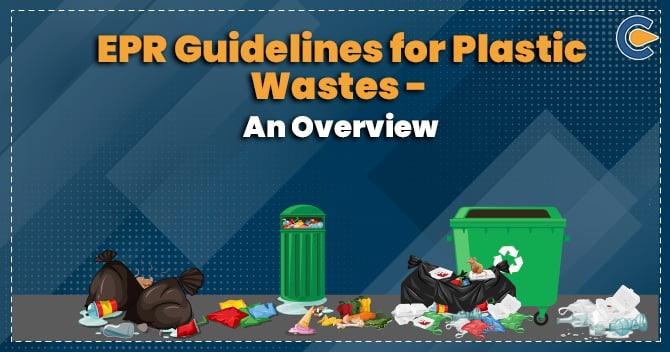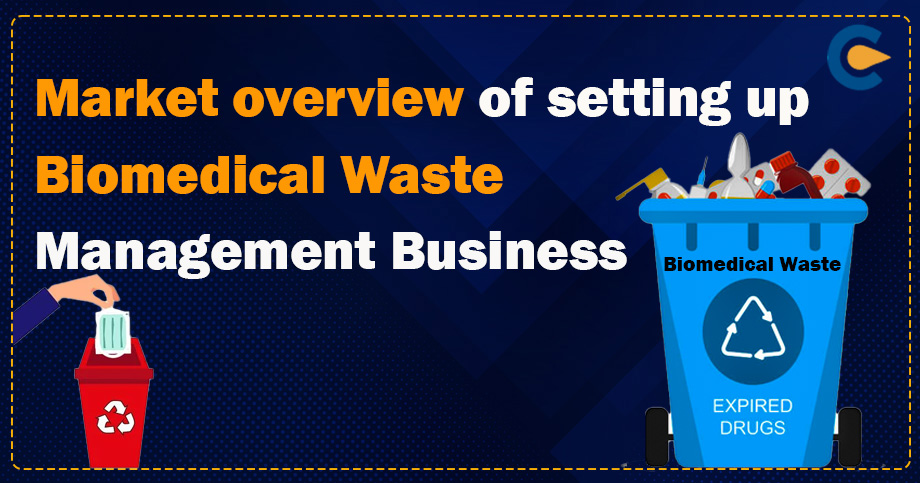The Ministry of Environment, Forest & Climate Change has recently notified the new EPR guidelines for plastic wastes under Plastic Waste Management Rules, 2016. the new EPR guidelines for plastic wastes, coupled with the prohibition of recognised single-use plastic products, which have low utility & high littering potential, with effect from July 01, 2022, are vital steps for lessening pollution caused due to disordered plastic waste in the country. Scroll down to check EPR guidelines for plastic wastes.
What are Plastic Waste Management Rules?
Ministry of Environment, Forest & Climate Change[1] notified the Plastic Waste Management Rules on March 18, 2016 & the Solid Waste Management Rules on 8th April of the same year.
- These rules mandate reducing the generation of plastic waste, avoiding littering, ensuring segregated storage of the waste at the source, and handing it over;
- The rules cast EPR on importers, brand owners, and producers. EPR shall be applicable to both pre and post-consumer plastic packaging waste;
- As plastic waste is a part of solid waste, hence, both the rules apply to managing plastic waste in the country;
- The rules also mandate or command the responsibilities of local bodies, waste generators, street vendors, gram panchayats, and retailers to manage plastic waste.
Necessity of EPR Guidelines for Plastic Wastes
The EPR Guidelines for Plastic Wastes provide a framework to strengthen the circular economy of plastic packaging waste, promote the progress of new alternatives to plastics & deliver further next steps for moving towards viable plastic packaging by businesses. The reuse of rigid or stiff plastic packaging material has been mandated in the guidelines to lessen the use of fresh or new plastic material for packaging.
The feasible prescription of a minimum level of recycling of plastic packaging waste collected or gathered under EPR (Extended Producer Responsibility) along with the use of recycled plastic content will further lessen plastic consumption & support the recycling of plastic packaging waste.
The EPR guidelines for plastic wastes will give a boost for further development or progress and formalisation of the plastic waste management sector. In a noteworthy first, the guidelines allow for the purchase & sale of extra EPR Certificates, thus establishing a market mechanism or system for plastic waste management.
The implementation of EPR will be done via a customised online platform which will perform as the digital backbone of the system. The digital platform will allow tracking & monitoring of EPR obligations and will lessen the compliance load for companies via online registration and filing of annual returns. To make sure monitoring of the fulfilment of EPR obligations, the EPR guidelines for plastic wastes have prescribed a system of verification & audit of enterprises.
New EPR Guidelines for Plastic Wastes – A Brief
There are four different categories of plastic packaging specified:
- Category – 1: This category will comprise rigid plastic packaging.
- Category – 2: This category includes flexible plastic packaging of a single layer or multilayer, plastic sheets, and covers made of plastic sheets.
- Category – 3: This category will include multi-layered plastic packaging (minimum of one layer of plastic & at least one-layer of material other than plastic).
- Category – 4: This will include plastic sheets or like used for packaging as well as carry bags made of compostable plastics.
The guidelines for plastic wastes also include:
- Establishing an online portal by CPCB or Central Pollution Control Board for the registration and filing of annual returns by importers, brand owners, and producers, plastic waste processors of plastic packaging waste by March 31.
- The EPR target will be raised to 70% in 2022-23 & 100% from 2023-24 onwards.
- For the first time, the guidelines allow for the purchase & sale of extra EPR Certificates. Hence, establishing a market mechanism for plastic waste management.
- Producers of plastic packaging will have to manage 35% of the Q1 waste in metric tonnes in 2021-22. Q1 is estimated by adding the last 2 years average weights of plastic packaging material sold & pre-consumer plastic packaging and deducting the annual quantity of plastic packaging supplied to brand owners.
- The recycling obligation for producers will be 50% for rigid plastics in 2024-25, 60% in 2025-26, 70% in 2026-27 & 80% from 2027-28 onwards.
- Environmental compensation shall be levied based upon the polluter pays principle concerning non-fulfilment of EPR targets by importers, brand owners, and producers for the purpose of safeguarding and improving the environment quality and preventing, controlling & lessening the environmental pollution.
Conclusion
Under the new EPR Guidelines for Plastic Wastes, State Pollution Control Boards (SPCB) and Pollution Control Committee (PCC) shall submit annual reports on the EPR website concerning fulfilment by importers, brand-owners, and producers, which comprise manufacturers of plastic packaging material, and plastic waste processors in the Union or State Territory to the CPCB.
Read our Article:Extended Producer Responsibility for the E-Waste and Plastic Waste Management











